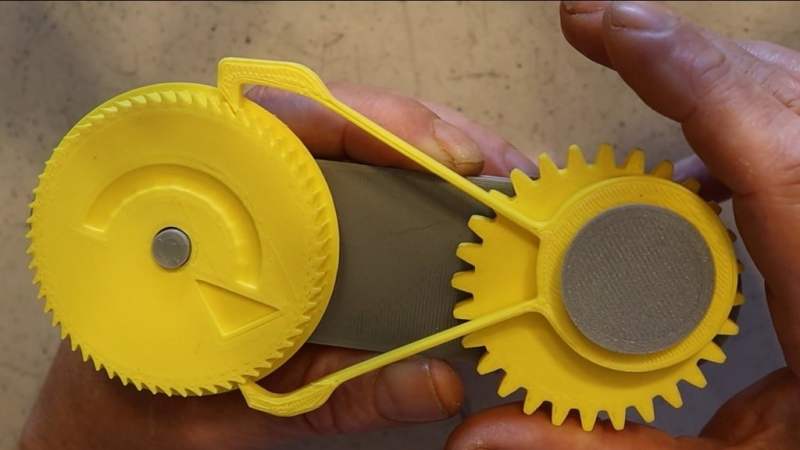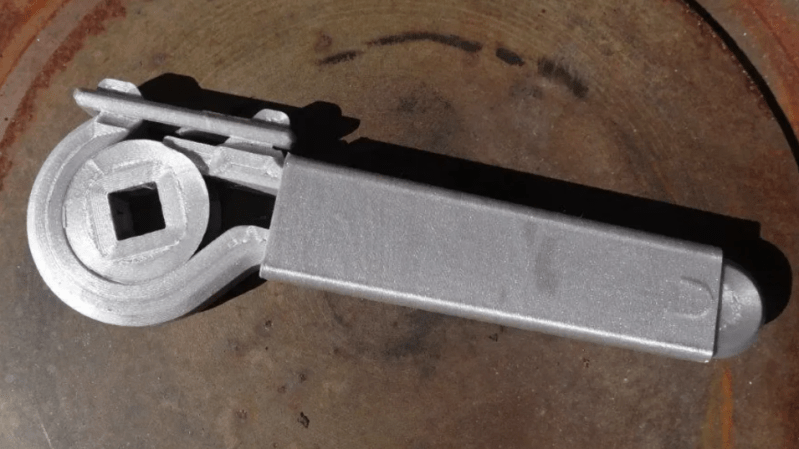3D Print Your Own Seiko-Style “Magic Lever” Energy Harvester

Back in 1956, Seiko created their “magic lever” as an integral part of self-winding mechanical watches, which were essentially mechanical energy harvesters. The magic lever is a type of ratcheting …read more Continue reading 3D Print Your Own Seiko-Style “Magic Lever” Energy Harvester

